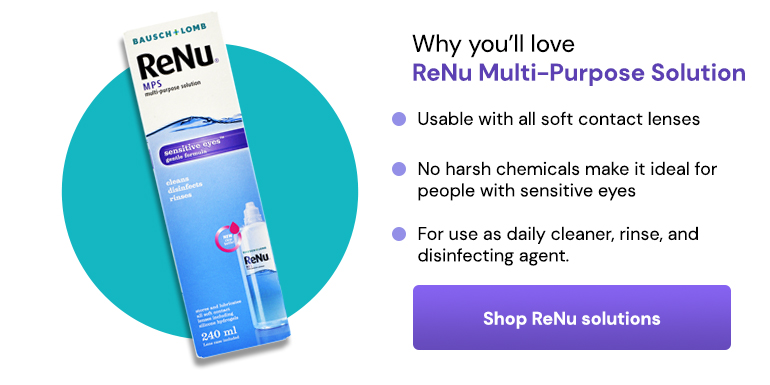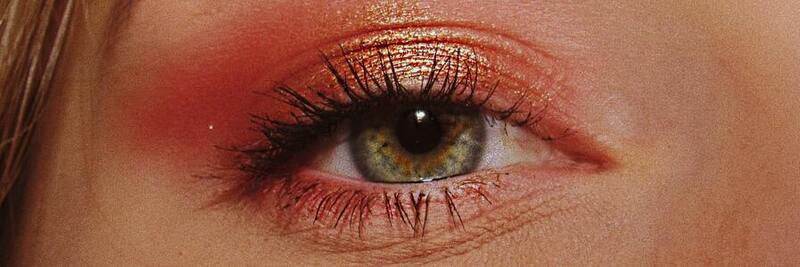What causes bloodshot eyes?
Photo by Derek Thomson on Unsplash
What are bloodshot eyes?
The term bloodshot eyes often describes either burst or dilated blood vessels, causing the white of the eyes to show red veins or blood collecting in spots.
Burst or broken blood vessels cause an area of blood to appear on the white of the eye.
Dilated blood vessels cause the otherwise not-so-visible veins in your eyes to dilate and become more noticeable.
Both forms of redness may be accompanied by soreness or irritation but should not cause intense pain and are rarely a cause for concern.
Red eyes
The description of red eyes typically refers to the condition when the blood vessels in the eye dilate. This can occur as a result of minor conditions, such as dry or irritated eyes, when more blood flow is needed for a faster healing process.
Subconjunctival haemorrhage
A subconjunctival haemorrhage is a term that describes red spots on the conjunctiva caused by burst blood vessels. This red spot is comparable to a bruise on the skin but tends to look worse than it is because the blood under the conjunctiva cannot disperse as quickly as it can under the skin.
It can often go unnoticed until you look in the mirror, as it is not painful.

Photo by Engin Akyurt from Pexels
What causes red eyes?
Red eyes are usually no reason for concern as they are mostly caused by environmental changes or signs or minor infections.
Allergies
Whether you are allergic to pollen, pets, or dust, one of the reactions caused by these allergies includes red and itchy eyes. Anti-allergy medication or eye drops can help relieve this, as well as cold compresses.
Irritants
Environmental impacts such as dry air, unprotected overexposure to the sun or smoke and dust in the air can cause the eyes to lose natural moisture, leading to dilated blood vessels in response.
Conjunctivitis
One of the top likely causes behind red eyes, conjunctivitis is a condition where the conjunctiva swells and becomes irritated. The conjunctiva is a thin, transparent membrane that covers the outside of the eye and the inside of our eyelids.
You may experience conjunctivitis as a result of an allergic reaction, an infection or from a chemical irritant such as chlorine. It’s a contagious condition, so be sure that you don’t share cosmetics, face towels or pillows. Once the cause is identified, your doctor is likely to prescribe antibiotic eye drops or antihistamines. You can maintain good eyelid hygiene by using a warm, clean cotton wool pad to gently rub your eyelashes to remove any debris.
Eye infections
Eye infections can cause the blood vessels in the eye to become inflamed. Blepharitis, for example, is where the edges of the eyelids become irritated and sore. This can result in redness of the eye, sensitivity to light, and eyelashes falling out. If you feel you are suffering from blepharitis, make sure you practice good hygiene.
Improper contact lens use
If you wear hard or soft contact lenses, you may suffer from eye redness as a result of not using them properly.
You should wash and dry your hands thoroughly before inserting or removing your contact lenses. If they’re daily disposables, make sure you’re throwing them away at the end of each day and not reusing them. If you’re a wearer of monthly disposable or extended-wear lenses, ensure that the correct cleaning and storing regimen is being followed.

Contact lens thickness is different for every product. The thinner the lens, the more oxygen is able to reach your eye. If the oxygen supply is restricted, it can lead to redness. If you feel like your contact lenses might be causing the problem, check with your optician that you’re wearing the best possible product for you.
Eye whitening drops
Over-the-counter eye whitening drops are usually taken to reduce symptoms of red eyes and make your eyes sparkle. Yet, overuse of these drops can lead to your eyes building up a resistance, reducing how effective the product is. Once the product wears off, it can actually make red eyes worse. This is called rebound hyperaemia and occurs because eye whitening drops restrict the blood flow in the eyes.
Cold and flu
Bless you. And again! If you’re suffering from a cold or flu, then it’s likely red eyes will appear too – particularly if you’re repeatedly coughing or sneezing. Over-the-counter medication can help relieve symptoms, and the redness should disappear once you’re on the road to recovery.
Smoking, alcohol and drugs
As well as harming many other aspects of your health, smoking can damage your eyes in many ways. Tobacco smoke is toxic to the eyes, causing irritation and redness.
When you drink alcohol, it causes red blood cells to bunch together and after a couple of drinks at the local, you may find yourself stumbling home with bloodshot eyes, as well as a red complexion.
Smoking marijuana causes blood vessels in the eye to dilate which results in red eyes that can last for hours and so it’s probably best to stay away.
Tiredness and dry eyes
Your eyes may also become red if you suffer from dry eye syndrome or if you haven’t been getting enough sleep. Your eyelids will go into overdrive as they try to blink more to provide increased lubrication to your eyes. Most eye drops can act as artificial tears which helps to moisten your eyes. If you’ve been binging Netflix and staying up late, we’d also suggest getting a good night’s sleep.
What causes burst blood vessels?
Burst blood vessels are typically the result of a sudden increase of pressure inside or behind the eyes as well as trauma.
Forceful sneezing or coughing
Straining the eyes, either through heavy physical activity or just by coughing or sneezing forcefully can cause blood vessels in the eyes to burst.
Rubbing the eyes
If you wake up in the morning to find a red spot has formed in the corner of your eye, it is likely you were rubbing your eye while you were sleeping. Vigorous rubbing can cause the blood vessels to break.
Trauma
Trauma and injury can cause a subconjunctival haemorrhage. This includes injury caused during sports or mild trauma through surgical intervention such as laser eye surgery.
Underlying medical issues
Medical conditions like high blood pressure or medication such as blood thinners can also be the cause of subconjunctival haemorrhage.

Treatment options
Bloodshot eyes and subconjunctival haemorrhages are usually harmless and can be relieved through simple treatment. However, a visit to the optometrist will ensure that the redness in your eyes is not a sign of underlying, more serious issues.
Relieving red eyes
To relieve the possible itching and soreness that accompanies red eyes, preservative-free lubricating eye drops can be bought over the counter and applied as per your optometrist’s instructions. Eye drops specific to reducing the redness in the eyes are also available, though they are a short-term solution and might not be suitable for everyone.
Another option to relieve red eyes is warm or cold compresses. A warm compress increases the blood flow through the eyes, whereas a cold compress soothes irritation and redness.
Relieving subconjunctival haemorrhage
Subconjunctival haemorrhages usually don’t cause any discomfort and the burst blood vessels heal without further assistance after one to two weeks. Preservative-free lubricating drops may be recommended to help keep the eyes as moist as possible.
When to see a doctor
Most cases of bloodshot eyes or subconjunctival haemorrhage do not require medical assistance, but for any concerns, it is always better to talk to your eye care professional and ensure the seemingly harmless change of your eyes is not the sign of an underlying condition and will not risk damaging your eye health.
Vision changes or pain
If you notice that the redness in your eyes lasts for longer than two weeks, or is accompanied by pain or vision changes, including double vision or light sensitivity, contact your optometrist as soon as possible.
Blood on the iris
Hyphema is the medical term used to describe when blood collects between the cornea and the iris (the coloured part of the eye). If you notice blood on the iris, this could be indicative of more serious eye issues and needs to be seen and treated straight away.
Stroke
If bloodshot eyes appear in combination with confusion, general weakness, and limpness on one side of the body, it is very possibly a sign of a mini-stroke. In this case, contact 999 or let a friend or family member drive you to A&E immediately.








